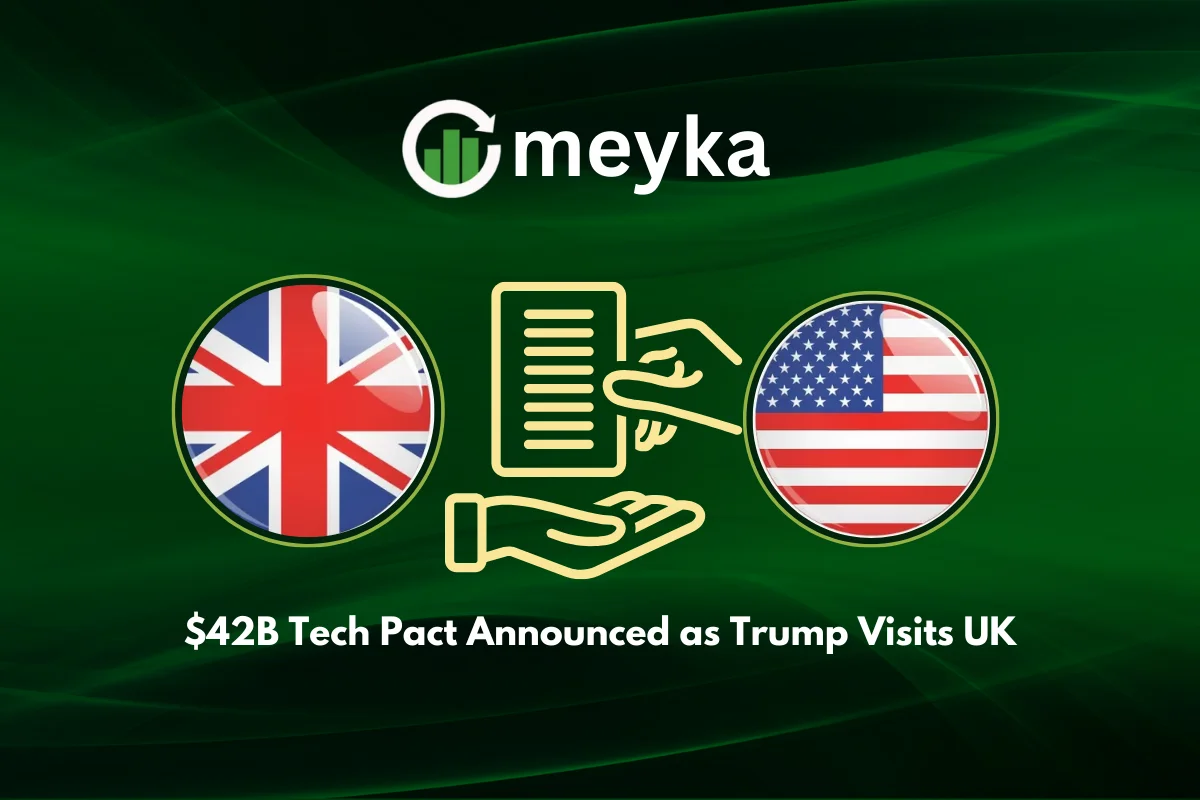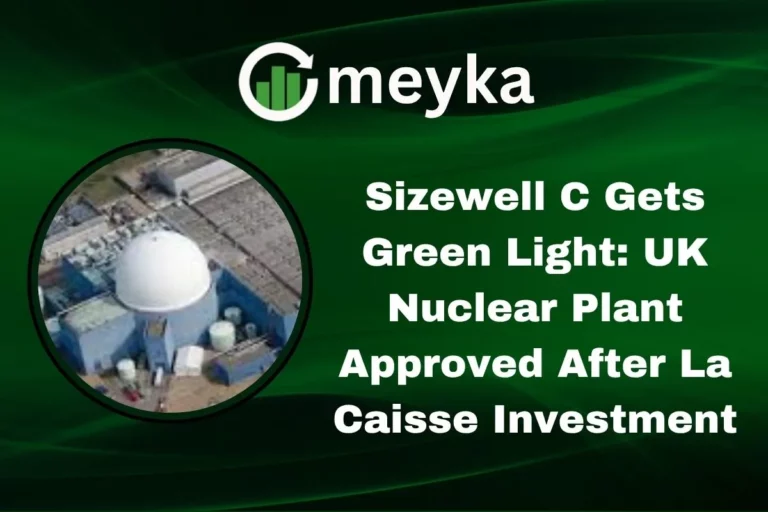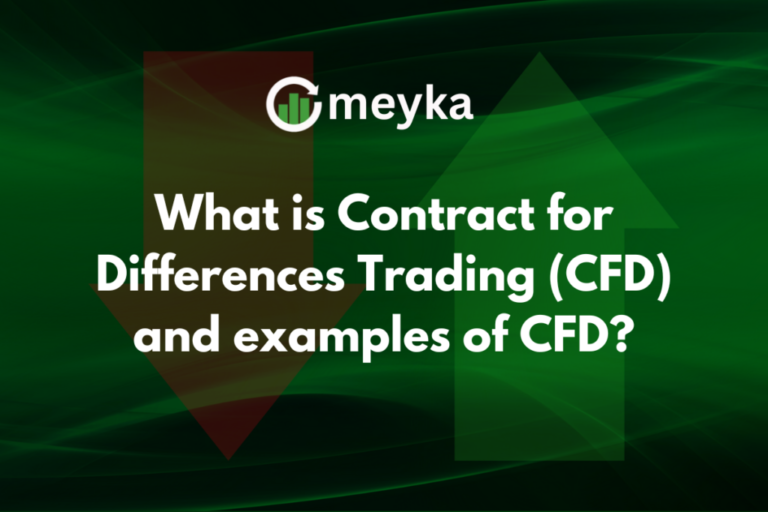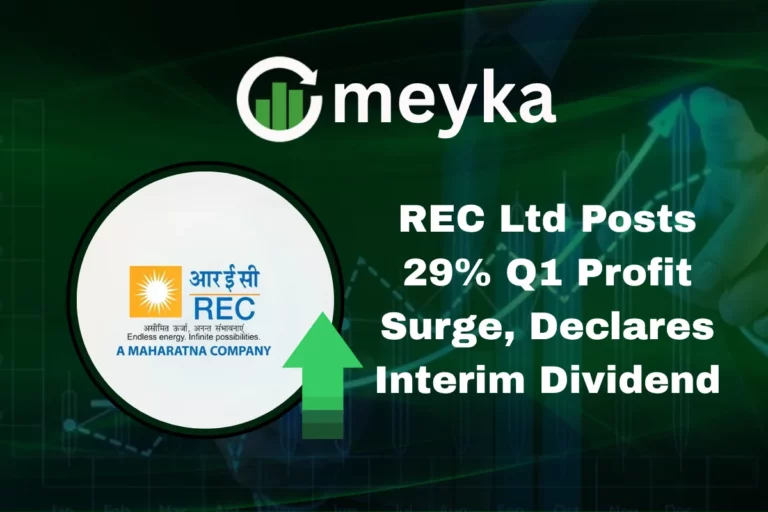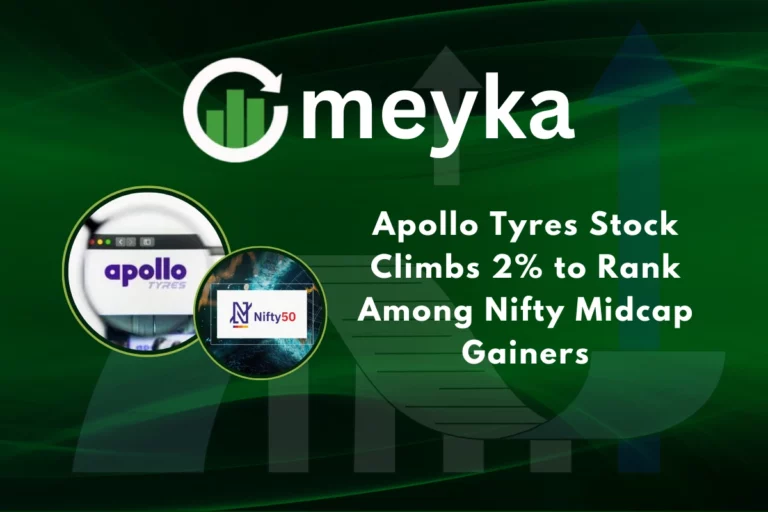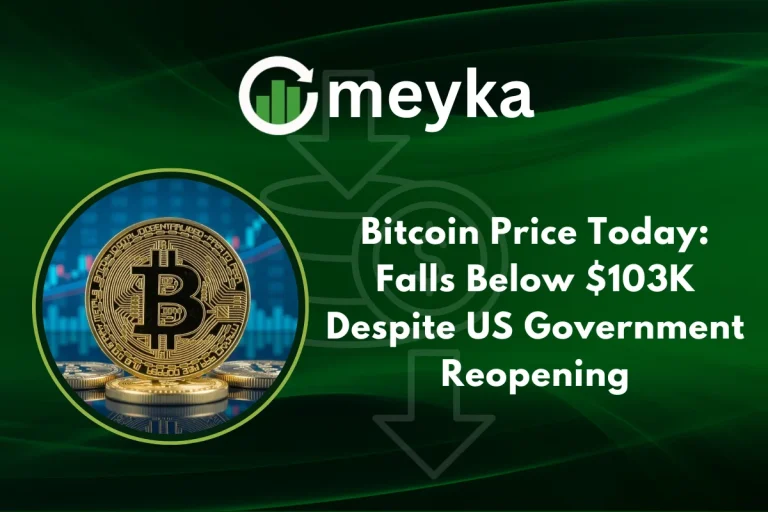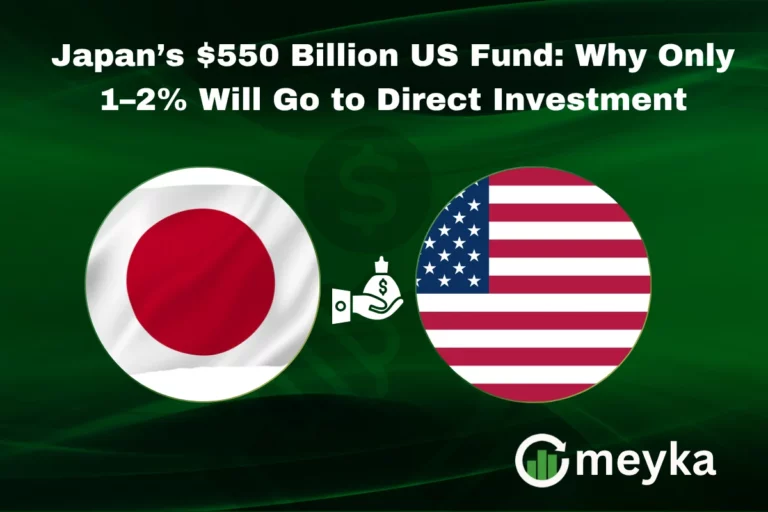$42B Tech Pact Announced as Trump Visits UK
The announcement of a $42 billion tech pact during former U.S. President Donald Trump’s visit to the United Kingdom has sparked global interest. This agreement is expected to reshape technology partnerships, bolster innovation, and strengthen transatlantic ties. With its timing linked to Trump’s visit, the pact carries both economic and political weight.
A Landmark Agreement in Technology Cooperation
The tech pact represents a broad cooperation between American and British technology firms. The deal covers areas such as semiconductors, artificial intelligence, cybersecurity, and cloud computing. Both governments emphasized that the pact is designed to ensure long-term leadership in the global tech market.
Technology has become a central pillar of economic growth, and this agreement demonstrates how major economies are aligning their strategies. By committing to billions in investment, the pact is seen as a way to counter rising competition from Asia while securing future dominance in innovation.
The Role of the U.S. and UK in the Global Tech Landscape
The United States has long been a leader in areas like AI stocks, stock research, and advanced cloud services. Meanwhile, the United Kingdom has positioned itself as a hub for fintech, cybersecurity, and advanced research institutions. This pact essentially merges these strengths, creating a combined front in areas critical to the next decade.
The pact will support collaborations between universities, private companies, and government agencies. For example, institutions such as Oxford University and the Massachusetts Institute of Technology (MIT) are expected to benefit from joint research opportunities. According to UK government reports, both nations see this as more than a financial deal; it is a long-term vision for securing global digital leadership.
Trump’s Visit and Political Implications
Trump’s presence in London gave the announcement added visibility. His stance on global trade, tariffs, and technology dominance has always been a major part of his foreign policy. The timing of the deal signals political alignment and reassurance to markets that the U.S. remains committed to international cooperation in strategic sectors.
The pact was framed not only as an economic agreement but also as a strategic defense against growing threats in cybersecurity and digital infrastructure. The political symbolism is clear: both nations are positioning themselves as guardians of the free-market tech order.
Market Impact and Investment Opportunities
The financial markets reacted swiftly to the news. Technology stocks across exchanges showed signs of positive momentum, especially in AI stocks and companies tied to cloud infrastructure. Analysts suggest that this pact could lead to long-term investment opportunities in areas like semiconductors and data security.
For investors engaged in stock research, the pact provides valuable signals. Companies with exposure to cross-Atlantic partnerships may see stronger growth in the coming years. This also highlights the importance of the stock market as a reflection of global political and economic cooperation.
Focus on Artificial Intelligence and Emerging Technologies
Artificial Intelligence (AI) is at the center of the pact. Both the U.S. and UK aim to create a regulatory and financial environment that accelerates AI development. From AI-driven healthcare solutions to smart manufacturing, this pact sets the stage for rapid scaling.
The UK’s leadership in regulatory frameworks and the U.S.’s dominance in big tech companies form a powerful combination. Together, they aim to shape global AI standards, making sure Western democracies lead in this transformative industry.
Cloud computing and cybersecurity are also priority areas. With increasing global cyber threats, the pact includes provisions for shared defense mechanisms and knowledge transfer between leading firms.
Economic Growth and Job Creation
The pact is projected to generate thousands of jobs across both nations. Investment in research centers, cloud infrastructure, and manufacturing plants will lead to new career opportunities. Small and medium-sized enterprises (SMEs) are also expected to benefit, as the pact includes funding for innovation-driven startups.
Economic growth will not be limited to technology firms. Supporting industries such as logistics, energy, and education will also see positive spillovers. This broad impact underlines the strategic value of the deal for both economies.
Global Reactions and Strategic Competition
Global reactions to the announcement have been mixed. While U.S. allies in Europe welcomed the deal, rival economies in Asia have expressed concerns. Nations like China and India see the pact as a move to limit their influence in emerging markets.
The global tech race is intensifying, and this pact underscores the need for countries to align strategically. By combining resources and expertise, the U.S. and UK are attempting to secure leadership at a time when competition is fiercer than ever.
Challenges and Future Outlook
While the pact has been celebrated, challenges remain. Regulatory hurdles, differences in data privacy laws, and potential political changes could affect its execution. Critics argue that long-term success depends on consistent cooperation, not just symbolic announcements.
Despite these challenges, the pact sends a strong signal to markets and rivals. The future of global technology leadership will be shaped by those who can collaborate, innovate, and scale effectively. With $42 billion committed, the foundation is already set.
Conclusion
The announcement of the $42 billion tech pact during Trump’s visit to the UK is a defining moment in transatlantic relations. By aligning in critical areas like AI, cybersecurity, and cloud computing, the U.S. and UK are strengthening their positions in the global tech landscape.
The pact represents more than a financial commitment. It is a strategic move that ties political symbolism with economic ambition, signaling to the world that both nations are determined to lead in the next wave of technological innovation.
FAQs
The pact focuses on cooperation in areas such as artificial intelligence, semiconductors, cloud computing, and cybersecurity, aiming to strengthen U.S.-UK leadership in global technology.
The announcement has boosted confidence in technology stocks, especially in AI stocks and companies tied to digital infrastructure. Investors see long-term opportunities for growth.
Trump’s visit added political weight to the deal, signaling strong transatlantic ties and a shared vision for global tech leadership.
Disclaimer:
This content is made for learning only. It is not meant to give financial advice. Always check the facts yourself. Financial decisions need detailed research.
